3 Best Practices for Walking, by a Podiatrist
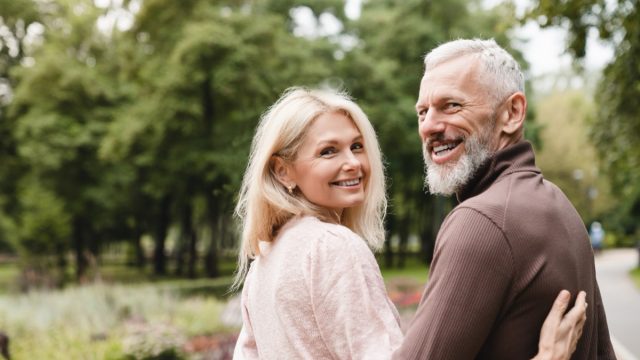
Are you making the most of your walks? The answer is likely no, according to one expert. Paul Macaulay (@paulthepodiatrist) is a podiatrist and foot specialist who has built up an impressive social media following. He regularly shares videos with helpful information about foot health, revealing everyday habits that can improve it. In a recent viral video he revealed "three things that you must do when you walk," which will not only protect your feet, but maximize the burn. We also asked the Body Network's Resident RDN, The Diet Diva, Tara Collingwood, MS, RDN, CSSD, LD/N, ACSM-CPT, a Board Certified Sports Dietitian, to weigh in on the topic.
Swing Your Arms
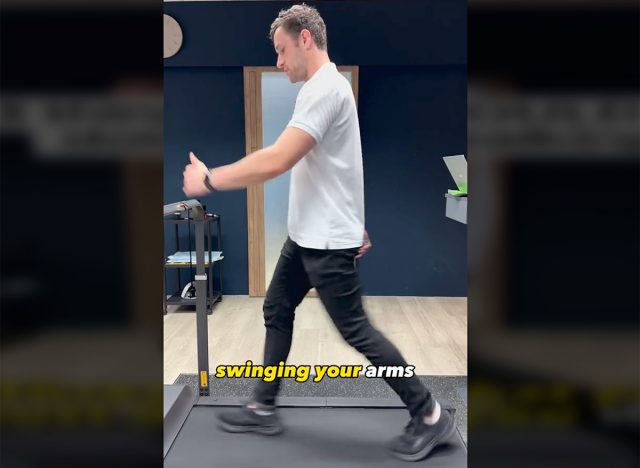
"Number one, swing your arms," he says. "Swinging your arms counterbalances yourself as you're walking." Collingwood elaborates that swinging your arms "helps to propel you forward, which might help to increase your pace and also burns more calories," she says.
Take Longer Strides
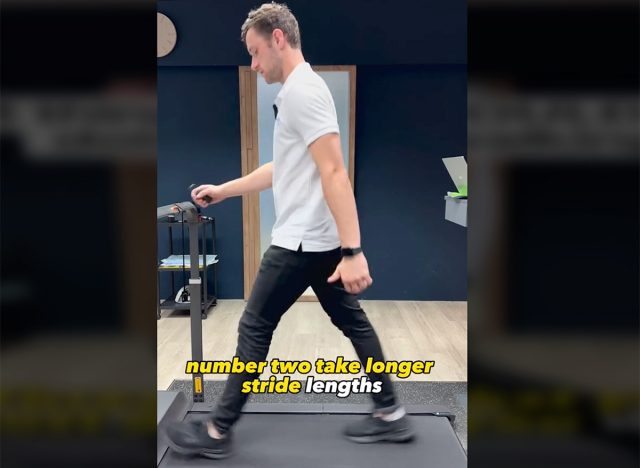
"Number two, take longer stride lengths," he suggests. "Taking longer stride lengths is more efficient and more biomechanically economical. It will also reduce the risk of injury." Collingwood explains that longer stride lengths use the muscles more efficiently "and also allows you to cover more distance in less time."
Walk Heel to Toe
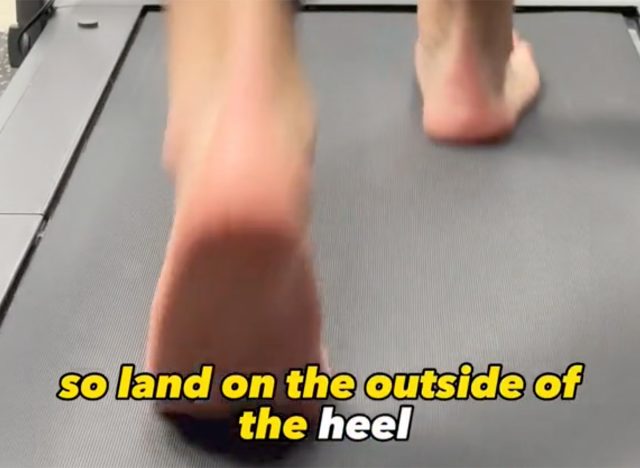
"Number three, walk heel to toe," he says. "So land on the outside of the heel, roll through the foot and push off the big toe." Collingwood calls this "good biomechanics" to prevent injuries and notes that it "is the most comfortable way to walk."
Stand Up Straight with a Slight Lean Forward

Another tip from Collingwood? "Stand up straight when you are walking with a very slight lean forward," she instructs. "Do not lean back or lean too far forward because it will put too much pressure on the back."
Keep Your Head Up and Look Forward
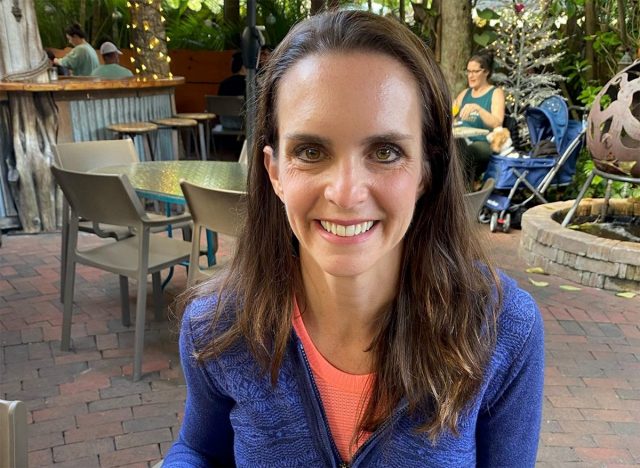
Also, keep your head up and look forward "so you don't trip on anything in your path," says Collingwood.
Keep Toes Pointed Forward
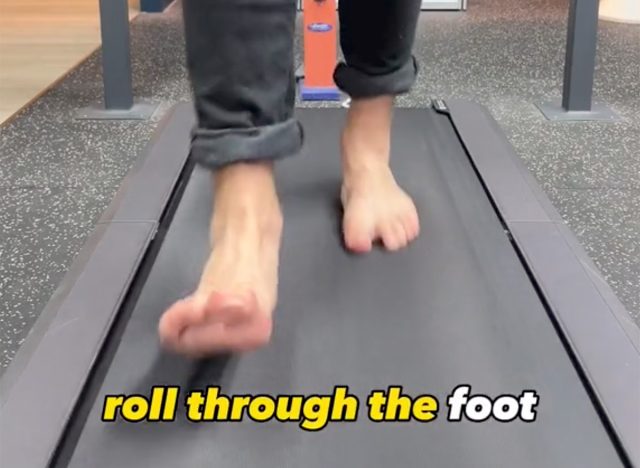
Next, keep your toes pointed forward "instead of inward or outward because that will put undue stress on the knees and hips," says Collingwood.
Stay Hydrates

Finally, stay hydrated "especially in hot and humid weather," Collingwood says. "Drink before and after your walk and if you are going for more than 45 to 60 minutes bring some water or electrolyte beverage with you."
💪🔥Body Booster: Next time you go for a walk, pay attention to your posture and stride. How many of these tips are you following?




